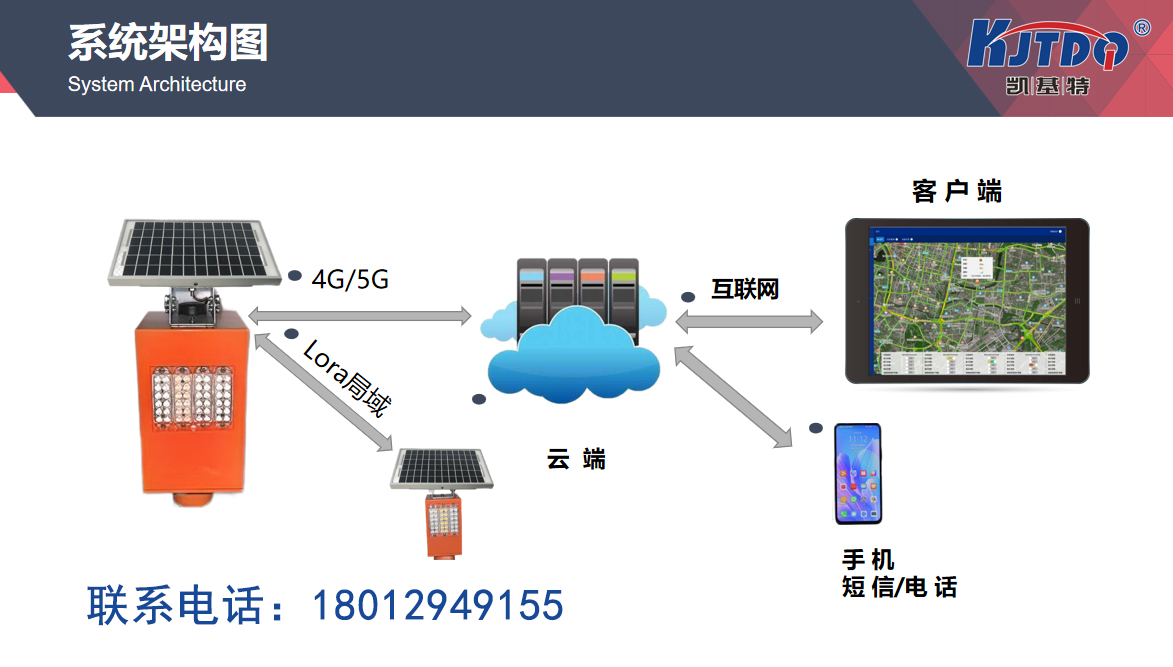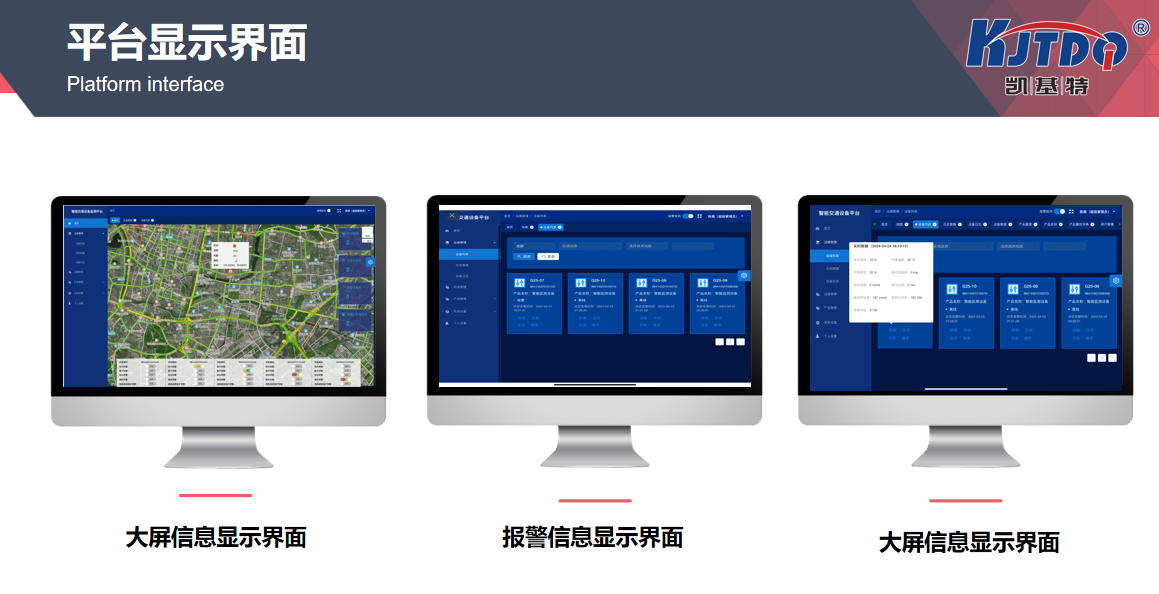As an important component of modern transportation, the safety of bridges is crucial to the lives and property of thousands of people. In recent years, frequent bridge collapse accidents around the world have not only caused huge loss of life and economic losses, but also aroused widespread attention to bridge safety issues in society. In this context, the real-time monitoring system for bridge collapse has become an indispensable tool to ensure bridge safety. The core of the real-time monitoring system for bridge collapse is to use advanced sensing technology, data analysis, and warning mechanisms to monitor the structural status of the bridge in real time, detect potential safety hazards in advance, and effectively prevent catastrophic accidents from occurring.

In bridge structures, due to various natural and human factors, bridge materials will gradually age, and the structural load-bearing capacity will also decrease over time. The traditional bridge inspection method mainly relies on manual inspection, which is not only time-consuming and laborious, but also susceptible to subjective judgment, resulting in some subtle but potentially dangerous defects being overlooked. The real-time monitoring system for bridge collapse is different. It can monitor the bridge 24/7 and continuously, and obtain real-time data of various parts of the bridge through sensor networks, such as stress, vibration, temperature, displacement, etc. These data are promptly sent to the data analysis center through the transmission network, and the system will analyze and judge the data based on preset security thresholds and algorithm models. Once an abnormality is detected, the system will immediately issue a warning signal, and relevant departments can take emergency measures based on this to avoid the occurrence of disasters.
The real-time monitoring system for bridge collapse is not only a combination of technical equipment, but also represents a huge advancement of modern technology in the field of public safety. With the development of IoT, big data, and artificial intelligence technologies, the functionality and accuracy of real-time monitoring systems for bridge collapse are constantly improving. Nowadays, these systems are able to accurately predict possible problems with bridges and provide scientific decision-making basis for management personnel. For example, when the system detects that the stress of a structural component of a bridge exceeds the safety threshold, it will not only issue an alarm, but also automatically generate a detailed analysis report, indicating the possible causes of the problem, the scope of impact, and recommended disposal measures. This intelligent function greatly improves the efficiency and safety of bridge management.
In practical applications, the real-time monitoring system for bridge collapse has demonstrated tremendous value. For example, in some earthquake prone areas, real-time monitoring systems are particularly important due to the significant damage that earthquakes can cause to bridge structures. When an earthquake occurs, the system can capture seismic waves in real-time through vibration sensors and analyze the impact force of the earthquake on the bridge structure. If the system finds that the bridge is damaged, the management personnel can immediately close the bridge and organize professional personnel for further inspection and maintenance, thereby avoiding the occurrence of secondary disasters. In addition, in some extreme weather conditions such as storms, floods, etc., real-time monitoring systems can also provide timely safety warnings to help managers prepare for disasters before they occur.
Although the real-time monitoring system for bridge collapse has many advantages, to realize its true value, it still requires the cooperation of all parties. Firstly, the government and relevant regulatory departments need to increase investment to promote the widespread application of such systems nationwide. Secondly, bridge management personnel and engineering technicians also need to improve their technical level and master the operation and maintenance methods of the system. Only in this way can the real-time monitoring system for bridge collapse be ensured to play its maximum role in practical applications.
Of course, with the continuous advancement of technology, the real-time monitoring system for bridge collapse itself is also constantly upgrading. In the future, with the integration of more new technologies, these systems will become more intelligent, precise, and user-friendly. For example, by combining with satellite remote sensing technology, the system can achieve remote monitoring of bridges in remote areas; By introducing artificial intelligence technology, the system can automatically learn and optimize monitoring models, improving the accuracy and timeliness of early warning. In addition, the future real-time monitoring system for bridge collapse can also be connected to the city's intelligent transportation system to adjust traffic flow in real time and ensure the safe operation of bridges.
Overall, the real-time monitoring system for bridge collapse is an indispensable tool in modern bridge safety management. It can not only provide timely and accurate safety warnings, but also provide scientific basis for the daily maintenance and management of bridges. However, to truly leverage these systems, we not only need to rely on technological advancements, but also require the joint efforts of management personnel, technical personnel, and government departments. Only with the joint efforts of all parties can the real-time monitoring system for bridge collapse become the "guardian angel" guarding our safe travel.

My opinion is that the real-time monitoring system for bridge collapse will play a more important role in the future, especially in the face of increasingly frequent extreme weather and natural disasters. These systems can not only detect safety hazards in advance, reduce loss of life and property, but also promote technological progress in the entire bridge management industry. However, we cannot ignore the issues of system popularization and operation. Only by ensuring the widespread application and correct use of the system can we truly improve the safety level of bridges. Bridge safety is no small matter, and real-time monitoring systems are the key to ensuring this safety.
1. How does the real-time monitoring system for bridge collapse collect and process data?
The real-time monitoring system for bridge collapse collects various physical state data of the bridge in real time through various sensors deployed in key structural parts of the bridge, such as strain gauges, accelerometers, temperature sensors, etc. These data include stress, vibration, temperature changes, displacement, etc. of the bridge. These sensors are usually distributed and can capture small changes in bridges during daily use, extreme weather conditions, or emergencies. The data is transmitted to the central control system through wired or wireless networks, and the system utilizes big data analysis and artificial intelligence algorithms to conduct real-time analysis of this data and determine whether there are potential safety hazards on the bridge. If the system detects abnormal data, it may indicate that there is a problem with a certain part of the bridge structure, and the system will automatically issue an alarm to prompt the manager to take timely action. In addition, the system will also store and analyze the collected data for a long time, providing scientific basis for the maintenance and management of bridges.
2. Is it difficult to maintain the real-time monitoring system for bridge collapse?
The maintenance of the real-time monitoring system for bridge collapse requires a certain level of professional knowledge and technical expertise, but compared to traditional bridge detection methods, the maintenance difficulty is not significant. The system mainly consists of sensors, data acquisition devices, communication devices, and data analysis software. These devices usually have a certain degree of durability and anti-interference ability, and can adapt to various working environments of bridges. However, due to long-term exposure of sensors and devices, they may be affected by factors such as wind, rain, temperature changes, and bridge vibrations. Therefore, regular maintenance and calibration are necessary. Technicians need to regularly check the working status of sensors, the stability of data transmission, and the updating and optimization of system software to ensure the accuracy and reliability of the system. Meanwhile, with the continuous updating of technology, maintenance personnel also need to constantly learn new operating methods and maintenance skills to adapt to system upgrades and improvements.
3. Why is the importance of real-time monitoring systems for bridge collapse increasingly prominent?
The importance of real-time monitoring systems for bridge collapse is becoming increasingly prominent, mainly because bridges play an increasingly critical role in modern transportation networks, and their safety directly affects the lives and property safety of thousands of people. As the service life of bridge structures increases, natural aging and the threat of extreme weather, earthquakes and other natural disasters may affect the stability of bridge structures, leading to potential safety hazards. Traditional bridge inspection methods mainly rely on regular manual inspections, which may not be able to detect problems in a timely manner. The real-time monitoring system can monitor the operation status of the bridge 24/7, timely detect and warn of potential safety issues, thereby significantly reducing the risk of sudden accidents. Especially in the context of intensified global climate change in recent years, bridges are facing increasing environmental stress, highlighting the importance of real-time monitoring systems.